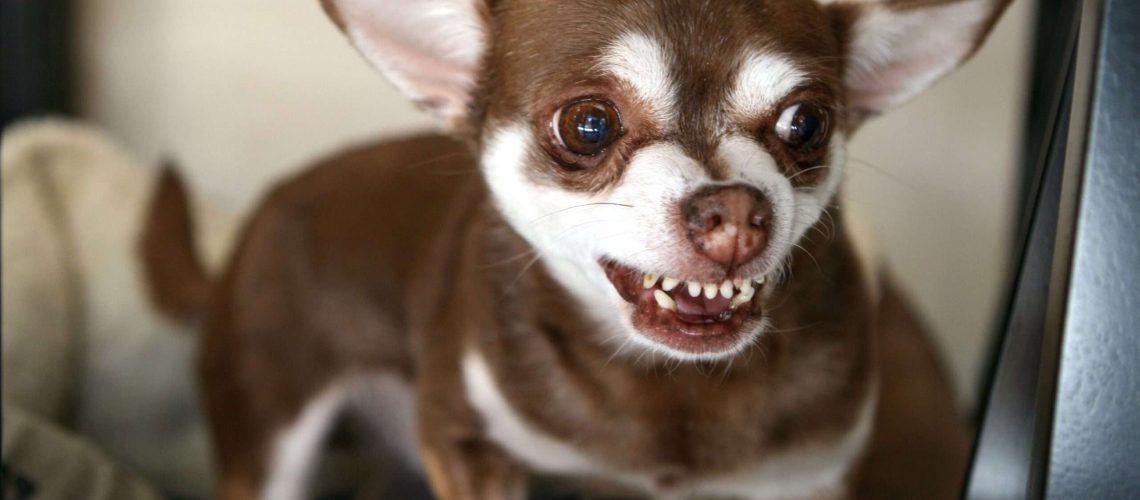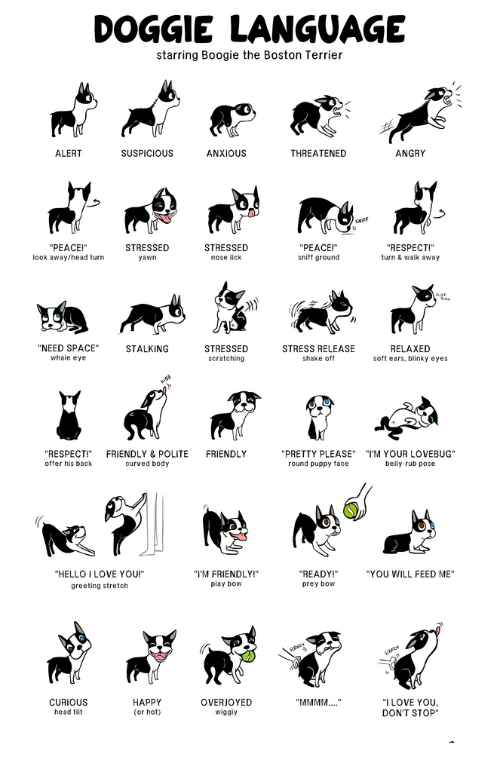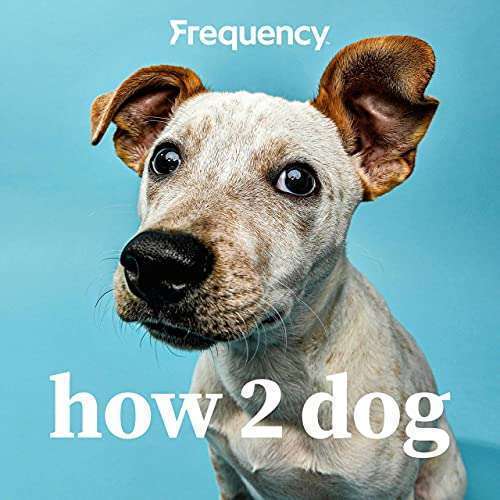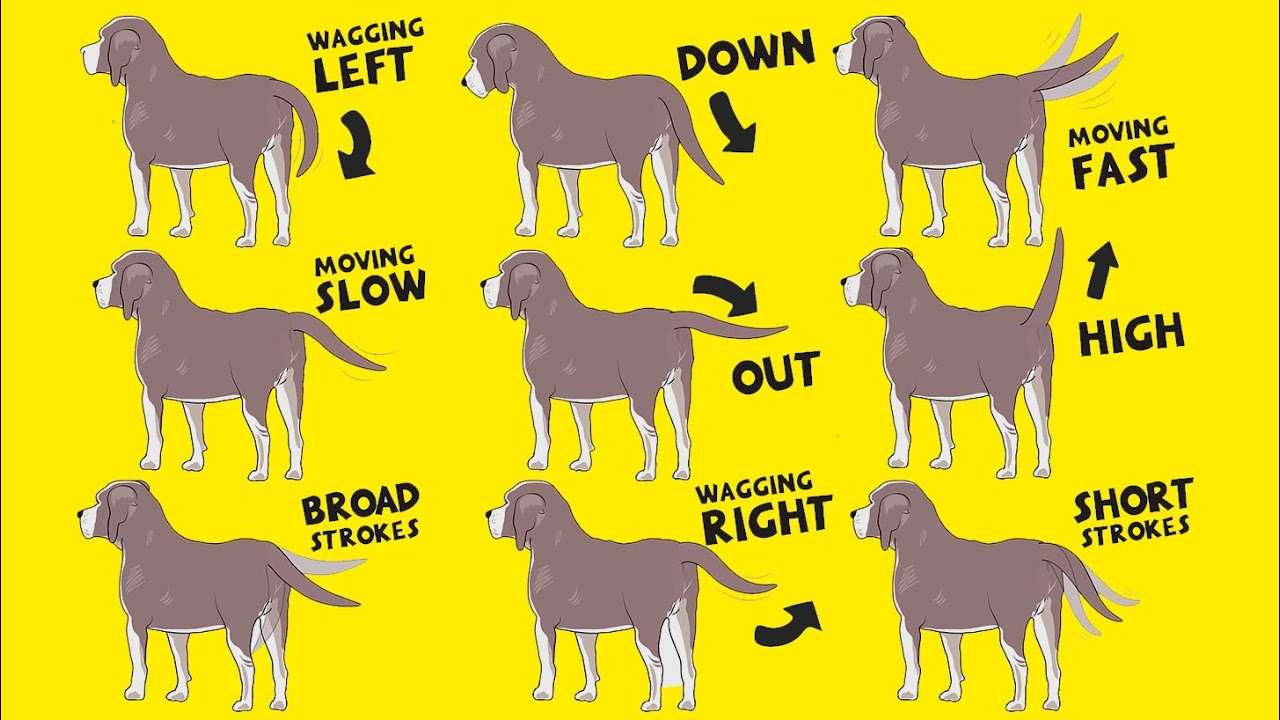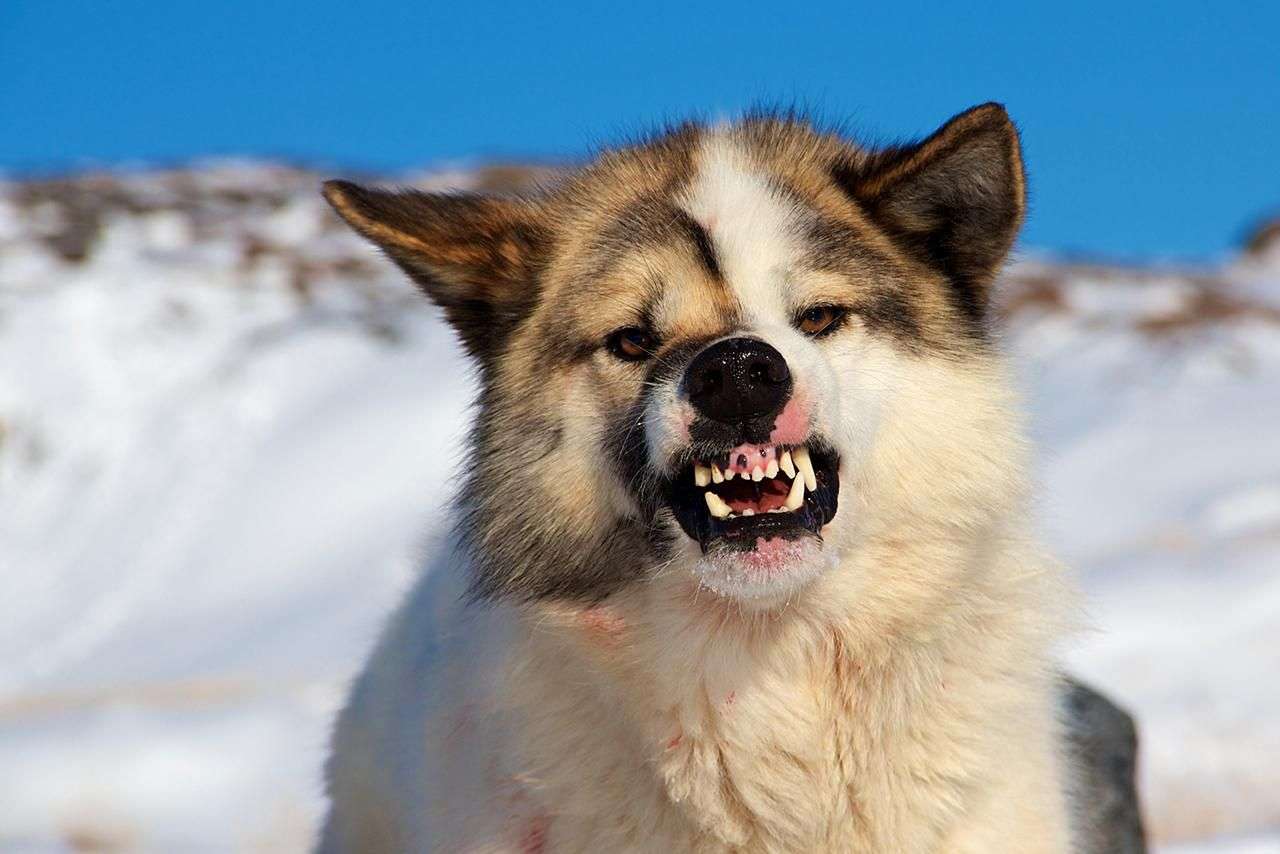Key Takeaways:
- Bared teeth in dogs can indicate aggression or fear.
- It is important to consider other body language cues when interpreting bared teeth, such as stiff body posture or raised hackles.
- Dogs may bare their teeth as a warning signal before escalating to a bite.
- Some dogs may also bare their teeth during play, but it is important to differentiate between play and aggression.
- Approaching a dog with bared teeth should be done cautiously and with respect for the dog's boundaries.
Have you ever wondered what your furry friend is trying to tell you? Dogs have a unique way of communicating, and understanding their body language can help us build a stronger bond with them. One particular aspect of dog body language that we will explore today is bared teeth. By delving into this subject, we can uncover the hidden messages behind this behavior and learn how to respond appropriately. Whether you're a dog owner or simply fascinated by these loyal creatures, understanding bared teeth in dogs is essential for ensuring their well-being and our own safety. So, let's dive in and discover the fascinating world of dog body language together!
Understanding a Dog's Teeth: What Does It Mean When They Bare Them?
Dogs use their teeth as a way to communicate their feelings and intentions. When a dog bares its teeth, it is often a sign that they are feeling threatened or uncomfortable. Baring teeth can be a warning signal to others, indicating that the dog is ready to defend itself if necessary.
In some cases, dogs may also bare their teeth as a form of play or excitement. This is different from aggressive behavior and usually accompanied by wagging tails and relaxed body language. Dogs may also bare their teeth during grooming sessions when they are trying to get rid of something stuck in their teeth or gums.
Reasons why dogs might bare their teeth:
- Feeling threatened or scared
- Showing aggression
- Playing or showing excitement
- Grooming or trying to remove something from their teeth
The importance of understanding a dog's body language:
When a dog bares its teeth, it is crucial for us to pay attention to other signals the dog is giving off. Understanding a dog's body language can help us determine whether the bared teeth are an indication of aggression or simply part of normal behavior.
Dog Communication: How Do Dogs Use Their Teeth to Talk to Us and Other Animals?
Dogs use various forms of communication, including vocalizations, body language, and facial expressions. Their teeth play an essential role in communicating with humans and other animals. By baring their teeth, dogs convey different messages depending on the context and accompanying behaviors.
Besides using vocalizations like barks and growls, dogs use their teeth as visual signals. When a dog bares its teeth, it can indicate dominance, submission, fear, or aggression. The position of the lips and the intensity of the baring can provide additional information about the dog's emotional state.
Examples of how dogs use their teeth to communicate:
- A friendly dog might gently bare its teeth during play as a sign of happiness and relaxation.
- When meeting new people or animals, a fearful or anxious dog may bare its teeth as a warning to keep their distance.
- In aggressive situations, a dog may fully expose its teeth while growling or snarling to show that it is ready to defend itself.
The importance of paying attention to other communication cues:
While bared teeth can convey important messages, it is essential to consider other aspects of a dog's body language and vocalizations when interpreting their intentions accurately. By understanding the full range of communication signals dogs use, we can better respond and interact with them in appropriate ways.
Examples of Situations Where Dogs Might Show Their Teeth
Dogs may show their teeth in various situations depending on their emotions and instincts. It's crucial for us to recognize these situations to ensure our safety and understand the needs of our furry friends better.
One common situation where dogs might show their teeth is during playtime. When they are excited or engaged in rough play with other dogs or humans, they may partially bare their teeth without any aggression. This behavior is often accompanied by wagging tails and relaxed body language.
Another instance where dogs might show their teeth is when they feel threatened or scared. If someone approaches them too quickly or invades their personal space, they may react defensively by baring their teeth as a warning sign.
Additionally, dogs may show their teeth when they are in pain or discomfort. For example, if they have a dental issue or something stuck in their gums, they may try to remove it by baring their teeth.
Common situations where dogs might bare their teeth:
- During playtime with other dogs or humans
- When feeling threatened or scared
- In response to pain or discomfort
- When trying to communicate a warning
The importance of recognizing these situations:
By understanding the different situations where dogs might bare their teeth, we can respond appropriately and ensure the well-being of both ourselves and our furry companions. It's important not to misinterpret these behaviors as aggression without considering the context and other communication cues.
Exploring Friendly and Threatening Instances of Bared Dog Teeth
Bared dog teeth can indicate both friendly and threatening behavior depending on the overall body language and context. It's essential to distinguish between these instances to ensure safe interactions with dogs.
In friendly instances, such as during play or greetings, a dog may partially bare its teeth while maintaining a relaxed posture. This is often accompanied by wagging tails, loose body movements, and sometimes even play bows. These behaviors indicate that the dog is comfortable and happy.
On the other hand, bared teeth can also signal aggression or threat. In these instances, the dog's body language will be tense and rigid. The lips may be pulled back more intensely than in friendly instances, exposing more of the teeth. Growling or snarling sounds may accompany this behavior.
Distinguishing between friendly and threatening instances:
- Friendly: Partially bared teeth with relaxed body language and wagging tail
- Threatening: Intensely bared teeth with tense body language and growling/snarling
The importance of observing overall body language:
While bared teeth can provide important clues about a dog's intentions, it is crucial to consider the overall body language to accurately interpret their behavior. By paying attention to other signals such as tail position, ear position, and general posture, we can better understand whether the bared teeth indicate friendliness or aggression.
Decoding Dog Body Language: Signs for Distinguishing Friendly vs. Aggressive Bared Teeth
Dogs communicate through a combination of vocalizations, facial expressions, and body language. Understanding the various signs can help us differentiate between friendly and aggressive instances when dogs bare their teeth.
In friendly instances, dogs may partially bare their teeth as part of a relaxed facial expression. Their bodies will appear loose and wiggly, with tails wagging in a broad sweeping motion. They may also display other playful behaviors like play bows or inviting gestures.
In contrast, when dogs bare their teeth aggressively or defensively, the overall body language will be stiff and rigid. The lips will be pulled back more intensely, exposing more of the teeth. The dog may also have an erect stance with raised hackles (raised hair along the back) and a high tail position.
Signs for distinguishing friendly vs. aggressive bared teeth:
- Friendly: Relaxed facial expression with loose body movements and broad tail wagging
- Aggressive: Intense baring of teeth with stiff body posture, raised hackles, and high tail position
The importance of observing multiple cues:
To accurately interpret a dog's intentions when they bare their teeth, it is crucial to consider multiple cues in their body language. By observing the overall behavior, facial expressions, and other body movements, we can better understand whether the bared teeth indicate friendliness or aggression.
Reacting Responsibly: What Should You Do When a Dog Bares Its Teeth?
When faced with a situation where a dog bares its teeth, it's important to react responsibly to ensure everyone's safety. Understanding how to respond can help de-escalate potential conflicts and maintain a positive interaction with the dog.
If you encounter a dog that is baring its teeth and displaying aggressive body language, it is crucial to avoid any sudden movements or direct eye contact. These actions may further escalate the situation. Instead, try to slowly back away from the dog while keeping your body turned sideways.
In cases where a familiar dog bares its teeth during play or excitement, it is generally safe to continue interacting as long as their overall body language remains relaxed and playful. However, if you feel uncomfortable or notice any signs of discomfort from the dog, it's best to give them space and allow them to calm down.
Tips for responding when a dog bares its teeth:
- Avoid sudden movements and direct eye contact
- Back away slowly while keeping your body turned sideways
- Assess the overall body language and context before continuing interaction
- Give space if necessary and allow the dog to calm down
The importance of seeking professional help:
If you frequently encounter situations where dogs are displaying aggressive behavior by baring their teeth or if you have concerns about your own dog's behavior, it is advisable to seek guidance from a professional dog trainer or behaviorist. They can provide personalized advice and help address any underlying issues.
Preventing Unwanted Dog Behaviors: Tips for Reducing the Need to Bare Their Teeth
As responsible dog owners, it is our responsibility to prevent unwanted behaviors in our furry companions. By addressing potential triggers and providing appropriate training, we can reduce the likelihood of dogs feeling the need to bare their teeth in various situations.
One important aspect is early socialization. Exposing puppies to different people, animals, and environments from a young age helps them develop positive associations and reduces fear or aggression later on.
Proper training is also essential. Teaching dogs basic commands like "sit," "stay," and "leave it" can provide them with guidance on how to behave appropriately in different situations. Reward-based training methods are effective in reinforcing positive behaviors.
It's crucial to provide mental and physical stimulation for dogs. Regular exercise, interactive toys, and puzzle games can help channel their energy and prevent boredom-related behaviors that may lead to aggression or anxiety.
Tips for preventing unwanted dog behaviors:
- Early socialization to different people, animals, and environments
- Training using positive reinforcement methods
- Regular exercise and mental stimulation
- Avoidance of triggering situations whenever possible
The importance of seeking professional help:
If you're experiencing difficulties in preventing unwanted behaviors or if your dog consistently bares its teeth in aggressive situations, consulting a professional dog trainer or behaviorist is highly recommended. They can assess the specific needs of your dog and provide tailored guidance to address any behavioral issues effectively.
In conclusion, when a dog bares its teeth, it is usually a sign of aggression or fear. It's important to understand this body language and give the dog space or seek professional help if needed.
Why does my dog show his teeth but wags his tail?
Certain dogs exhibit a behavior known as a "submissive grin" or "smile". This is when a dog displays its front teeth in a friendly manner. A smiling dog typically accompanies this gesture with a lowered head, wagging tail, flattened ears, relaxed body posture, and gentle, partially closed eyes.
What is the body language of an abused dog?
Intense fear: This can involve fear of individuals, other animals, going outside, or being touched or handled. In such situations, a pet may display physical signs like cowering, a tail held between the legs, a lowered head, ears pulled back, or even making sounds. The pet may become immobilized by fear and refuse to move.
Is a dog baring its teeth not aggressive?
When a dog shows its teeth while smiling at you, it is a sign of submission and respect, not aggression. You can determine if the dog is being friendly by observing its posture. If the dog is relaxed, there is no need to be concerned.
Why does my dog growl and bares his teeth at me?
Reason: If a dog is feeling intimidated, stressed, confused, or threatened, it may exhibit sudden aggressive behavior. It is important to consult a veterinarian first to rule out any underlying medical issues that could be causing this behavior.
Is my dog smiling or showing his teeth?
Tooth displays and smiles both involve showing the upper (and sometimes lower) teeth, but smiles are different in that they happen quickly and are more subtle. The lips only move slightly away from the teeth and the retraction usually lasts less than a second.
Why does my dog show his teeth when he plays?
Dogs frequently show their teeth while playing as a means of expressing a playful attitude and intention. This display of teeth serves as a visual signal indicating, "I'm just playing!" For dogs, it is a natural element of their playful body language and communication style.



